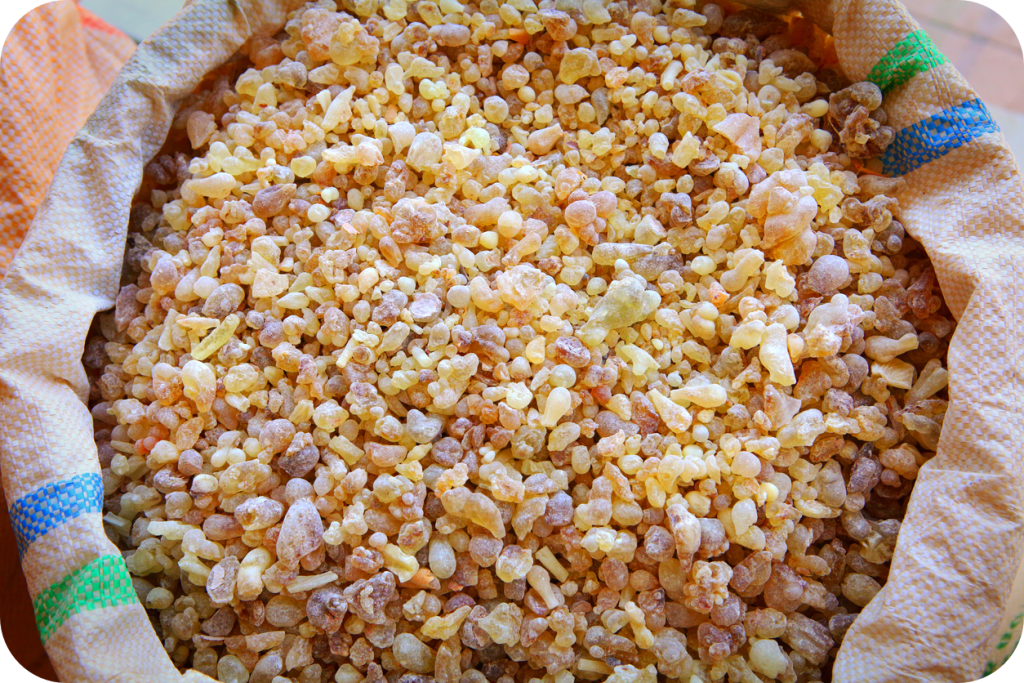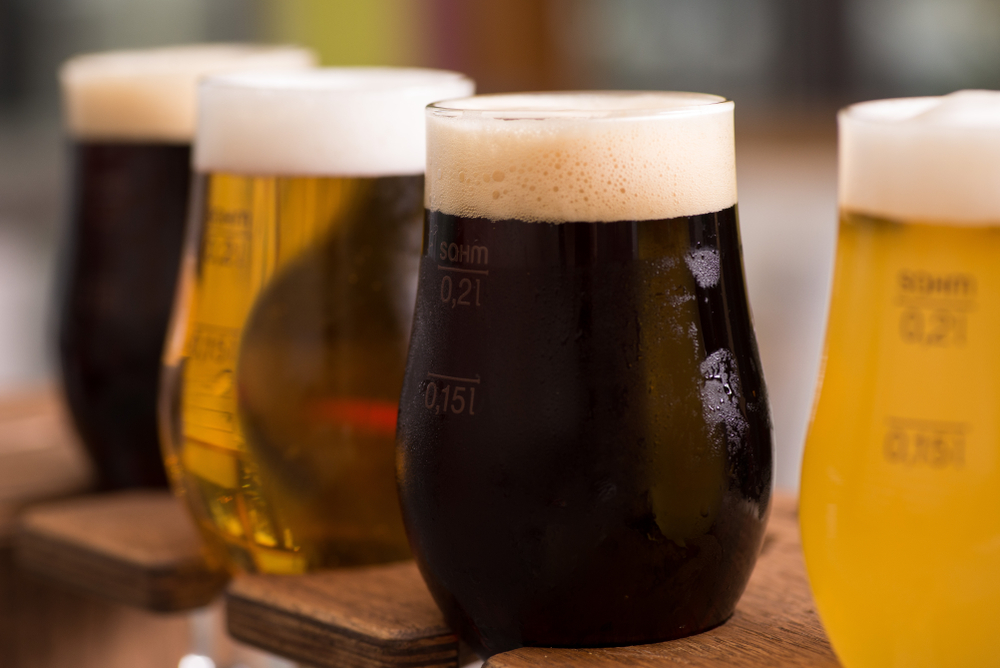-
Acids Analysis by HPLC and GC
-
Volatile Acidity (Acetic Acid)
-
Acetone
-
Ethyl Acetate
-
Methanol
-
1-Propanol
-
Benzoic Acid
-
Citric Acid
-
Lactic Acid
-
Malic Acid
-
Sorbic Acid
-
Tartaric Acid
-
A quantitative test for alcohol (ethanol) content in beverages is available for several sample types, including beer, wine, kombucha, cider, liquor and other alcoholic beverages.
Results are expressed as %ABV (% Alcohol by Volume) or %ABW (% Alcohol by Weight).
A quantitative test of ammonia is available for several sample types, including wine, grape juice and other beverages.
Ammonia reacts with 2-oxoglutarate in the presence of glutamate dehydrogenase and reduced nicotinamide-adenine dinucleotide phosphate (NADPH) to form L-glutamic acid and NADP+. NADPH consumption is measured by the decrease in absorbance at 340 nm.
Limit of Detection: 0.07 mg/L
Caffeine is analyzed in samples by HPLC (High Performance Liquid Chromatography) with UV (Ultra Violet) detection.
Measurement of wine color intensity and wine hue.
Quantitative measurement of D-gluconic acid and D-gluconolactone is available for wine, food and beverages.
Epicatechin is one of the four subunits that create tannin polymers. This compound along with other phenolics and tannins play roles in flavor and astringency of wines and beverages.
Quantitative measurement of acetaldehyde, acetone, ethyl acetate and methanol.
Gliadin competitive ELISA assay is used to measure gluten content.
Food products which contain less than 20 mg/kg (ppm) can be labeled as “gluten-free”.
The Glyphosate Residue Test is available for several sample types, including beer, wine, soil, water and plant analysis.
Iron is measured using a colorimetric assay.
- Bacteria Culture
- Yeast Culture
- Bottled Sterility Testing for Bacteria & Yeast
- Brettanomyces Analysis
- Lactobacillus & Pediococcus Analysis
|
Abamectin |
Clofentezine |
|
Acephate |
Coumaphos |
|
Azoxystrobin |
Cyfluthrin |
|
Aldicarb |
Cypermethrin |
|
Bifenazate |
Daminozide |
|
Bifenthrin |
Diazinon |
|
Boscalid |
Dichlorvos |
|
Captan |
Dimethoate |
|
Carbaryl |
Dimethomorph |
|
Carbofuran |
Ethoprophos |
|
Chlorantraniliprole |
Etofenprox |
|
Chlordane |
Etoxazole |
|
Chlorfenapyr |
Fenhexamid |
|
Chlorpyrifos |
Fenoxycarb |
|
Fenpyroximate |
Fipronin |
A degassed sample is analyzed with a calibrated pH probe.
Quantitative measurement of primary amino nitrogen.
The amino nitrogen groups of free amino acids react with N-acetyl-L-cysteine and o-phthaldialdehyde to form isoindole derivatives that is measured by absorbance at 340 nm.
During maceration winemakers can measure the amount of red color that has been incorporated into the wine from skin and seed.
Sugar Profile tests for fructose, glucose, sucrose, lactose and maltose.
Tannins in wine can determine how astringent or smooth the mouth feel is. Some tannins are consist of more epicatechin while others may have more catechins. These differences affects how astringent wine can taste. Measuring tannin concentration can reveal the total tannins which is beneficial for knowing the potential of astringency however to understand if those tannins are will be astringent will require a tannin thermodynamic analysis test.
Tannin Activity: a measure of the strength of interactions between tannins and a hydrophobic surface.
Purpose: determine the potential effect of tannin activity on astringency quality (test is based on tannins’ interactions with salivary proteins).
Quantitative measurement of total and free sulphite ions, measured through the reaction of thiol groups and Ellman’s reagent.
Total phenol content in wine is measured spectrophotometrically. Results are compared against a reference standard, gallic acid.
Quantitative measurement of free ammonium ions, primary amino nitrogen and contribution from the side chain of L-arginine (after hydrolysis by yeast arginase that creates ornithine and urea).
Volatile aldehyde compounds are often related to oxidative off-flavors in wine. Quantitative measurement of volatile aldehyde compounds is available for the following compounds:
|
Benzaldehyde |
5-Methylfurfural |
|
Furfural |
2-Methylpropanal |
|
(E)-2-heptenal |
(E)-2-nonenal |
|
(E)-2-hexenal |
Nonanal |
|
Hexanal |
(E)-2-octenal |
|
Methional |
2-Phenylacetaldehyde |
|
3-Methylbutanal |
Beer, Cider, Mead, Kombucha & Beverage Testing
- Volatile Acidity (Acetic Acid)
- Acetone
- Ethyl Acetate
- Methanol
- 1-Propanol
- Benzoic Acid
- Citric Acid
- Lactic Acid
- Malic Acid
- Sorbic Acid
- Tartaric Acid
A quantitative test for alcohol (ethanol) content in beverages is available for several sample types, including beer, wine, kombucha, cider, liquor and other alcoholic beverages.
Results are expressed as %ABV (% Alcohol by Volume) or %ABW (% Alcohol by Weight).
Caffeine is analyzed in samples by HPLC (High Performance Liquid Chromatography) with UV (Ultra Violet) detection.
- Calcium
- Magnesium
- Potassium
- Sodium
- Acetaldehyde
- Acetylpropionyl (2,3-pentanedione)
- Diacetyl
- Ethyl Maltol
- Ethyl Hexanoate
- Ethyl Octanoate
- Isoamyl acetate
- Isoamyl alcohol
Gliadin competitive ELISA assay is used to measure glutent content.Food products which contain less than 20 mg/kg (ppm) can be labeled as “gluten-free”.
The Glyphosate Residue Test is available for several sample types, including beer, wine, soil, water and plant analysis.
- Camphene
- Δ-3-carene
- β-caryophyllene
- Cymene
- Eucalyptol
- Fenchol
- Humulene
- D-Limonene
- Linalool
- Myrcene
- Nerolidol
- α-pinene
- Terpinolene
Iron is measured using a colorimetric assay.
- Bacteria Culture
- Yeast Culture
- Bottled Sterility Testing for Bacteria & Yeast
- Brettanomyces Analysis
- Lactobacillus & Pediococcus Analysis
Moisture content of hops, reported in percent by weight
A degassed sample is analyzed with a calibrated pH probe.
|
Abamectin |
Hexythiazox |
Cyfluthrin |
Phosmet |
|
Acephate |
Imazalil |
Cypermethrin |
Piperonylbutoxide |
|
Azoxystrobin |
Imidacloprid |
Daminozide |
Prallethrin |
|
Aldicarb |
Kresoxim-methyl |
Diazinon |
Propiconazole |
|
Bifenazate |
Malathion |
Dichlorvos |
Propoxur |
|
Bifenthrin |
Metalaxyl |
Dimethoate |
Pyrethrins |
|
Boscalid |
Methiocarb |
Dimethomorph |
Pyridaben |
|
Captan |
Methomyl |
Ethoprophos |
Spinetoram |
|
Carbaryl |
Methyl parathion |
Etofenprox |
Spinosad |
|
Carbofuran |
Mevinphos |
Etoxazole |
Spiromesifen |
|
Chlorantraniliprole |
Myclobutanil |
Fenhexamid |
Spirotetramat |
|
Chlordane |
Naled |
Fenoxycarb |
Spiroxamine |
|
Chlorfenapyr |
Oxamyl |
Fenpyroximate |
Tebuconazole |
|
Chlorpyrifos |
Paclobutrazol |
Fipronin |
Thiacloprid |
|
Clofentezine |
Pentachloronitrobenzene |
Flonicamid |
Thiamethoxam |
|
Coumaphos |
Permethrin |
Fludioxonil |
Trifloxystrobin |
Sugar Profile tests for fructose, glucose, sucrose, lactose and maltose.
Alpha Acids:
- Humulone
- Cohumulone
- Adhumulone
- Posthumulone
- Prehumulone
Beta Acids:
- Lupulone
- Colupulone
- Adlupulone





